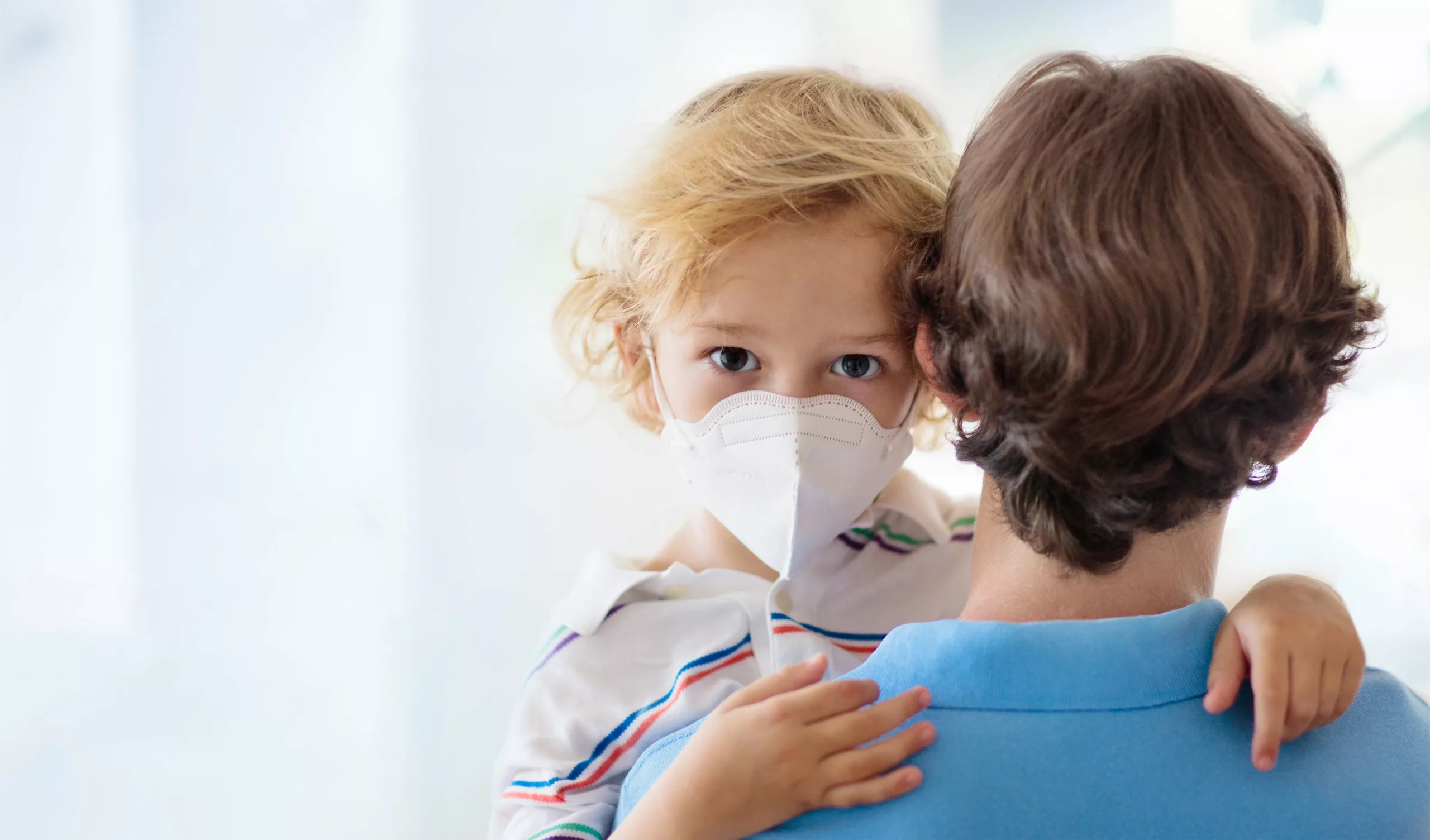Imagine the thrill and excitement children feel as they dress up as their favorite characters, ringing doorbells in search of sugary treats. Halloween is a time of costume fun and mystery. While this might be a magical night for many, fear can also lurk in the shadows. Behind the masks and decorations, there are moments that can bring unexpected fright, especially for those who are sensitive to hidden creatures or sudden surprises.
For some, these costumed celebrations can stir up a variety of fears. Whether it’s the tight, dark corridors of a haunted house, the sight of spiders and dark corners bringing on arachnophobia, or even the nervousness around large costumed figures which might hint at zoophobia, each person might experience these seasonal activities differently. While grown-ups can often distinguish between fantasy and reality, younger minds might not have the same ability to separate the two, making Halloween both exhilarating and terrifying.
When kids learn to discern facial expressions
Children often struggle with recognizing facial expressions until they reach middle childhood. At this stage, they begin to understand and identify different emotions shown on faces. For example, children aged four to seven may find it difficult to recognize a familiar face if it is partially hidden by a mask or glasses.
In one study, children could correctly identify a person quickly. But when a small element, like a silly hat, was added, they found it much harder. This indicates that the facial recognition skills of children are still developing around this time. Situations like rainy days, where everyone is covered by rain jackets and umbrellas, make it difficult even for adults to identify people. The same challenge applies when children try to recognize faces obscured by masks.
Another research study concluded that children don’t develop facial recognition skills until the age of six. Add one new element to a face, like a mask or glasses, and four to seven year olds have trouble recognizing a familiar face.
Masklophobia (Maskaphobia)
Maskaphobia is a specific fear of masks and costumes, often affecting about one percent of children. They may struggle with the presence of people in masks, including popular characters from television and movies. These can be superheroes like Batman and Spiderman, or Disney characters from The Incredibles and Mulan.
Maskaphobia is more than just disliking masks. It includes a long-lasting fear that lasts for at least six months. Your child might fear masks because it’s challenging to figure out who’s behind them, even if it’s someone they know. This uncertainty can cause distress.
Traumatic events, such as frightening Halloween memories, might also lead to maskaphobia. For some, the fear goes beyond masks to also include mascots and elaborate costumes.
How to explain the purpose of masks
Explaining the purpose of masks can help your child feel more comfortable wearing them. Masks play a vital role in keeping you and others safe from germs, similar to the importance of hand-washing. Right now, germs like Covid are more contagious than regular colds, which makes masks essential for health safety.
It’s also important to teach your child that wearing masks shows respect and following the rules set by leaders. Masks help prevent others from getting sick, countering the idea that they’re for hiding identities.
How to Wear a Mask
Helping your child get comfortable with wearing a mask involves practical steps. Put on your mask and then take it off a few times. This will show your child that you are still you behind the mask and teach them how to wear and remove it properly. Letting your child pick out their own mask can make it more personal and enjoyable for them.
Creating a mask together can be a fun activity. Choose a fun fabric, select fancy hair ties for ear loops, or add exciting embellishments. This can make mask-wearing a creative experience rather than a chore.
Normalizing Masks
Set up a specific time each day for everyone to wear masks at home, such as the five minutes before dinner. During this time, you can all wear masks, wash your hands, and sit at the table, removing them before eating. To stay organized, keep masks in a designated basket or on a hook.
Turning mask-wearing into a game can help your child adjust. Wear your mask and make exaggerated facial expressions to see if your child can guess the emotion. Playing this game in front of a mirror helps them understand how expressions change with a mask on.
You can also mention that superheroes often wear masks, much like our doctors and nurses who protect us from germs. This can help your child view mask-wearing as a heroic act in their everyday life.
When the Fear Persists
For some, the fear of masks, known as maskaphobia (masklophobia) continues even with efforts to reduce anxiety. The use of masks in public spaces, especially during travel, is here to stay. Your child’s fear might be as deeply rooted as a century-old tree, requiring more than just a gentle nudge to overcome.
If these helpful tips don’t budge your child’s fear of masks, let’s talk.
Our team has years of training and experience with helping our clients overcome and cope with their fears. And we know that now more than ever you need freedom from maskaphobia.
For busy parents, we also have virtual sessions. Contact us today!
Teen Social Anxiety

